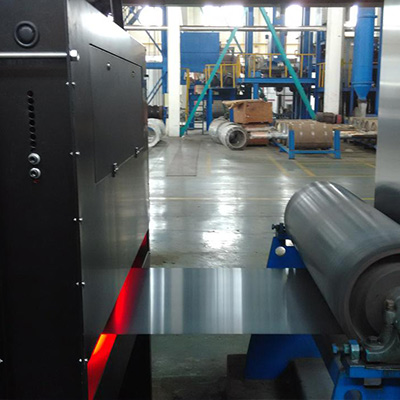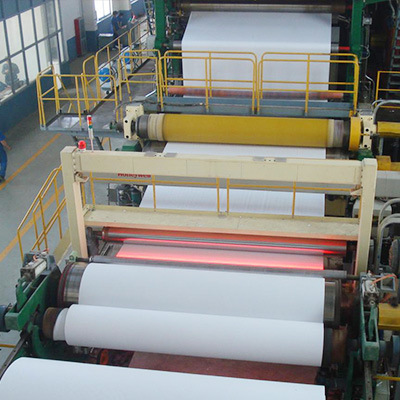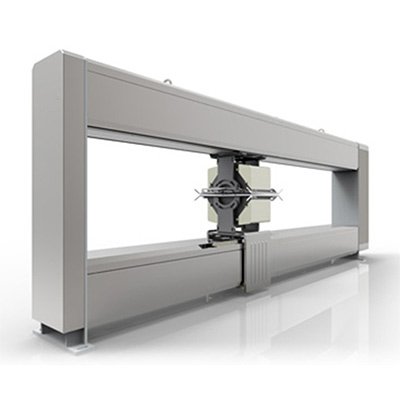Surface flaw detection, also known as surface defect detection, is a critical process in quality control for various manufacturing industries. It involves the identification and inspection of surface defects on materials such as metals, plastics, ceramics, glass, and composites. These defects can include cracks, scratches, pores, inclusions, and other irregularities that may affect the performance or aesthetics of the final product. Here’s an overview of the methods and technologies used for surface flaw detection:
-
Visual Inspection:
- Performed by trained inspectors who visually examine the surface for defects.
- Limited by human factors such as fatigue, inconsistency, and subjective judgments.
-
Optical Inspection:
- Uses various lighting techniques (e.g., bright field, dark field, differential interference contrast) to enhance the visibility of surface flaws.
- Includes the use of microscopes and other optical instruments for detailed inspection.
-
Machine Vision:
- Employs cameras and image processing software to analyze surface images for defects.
- Can be automated and used for high-speed inspection on production lines.
-
Laser Scanning:
- Uses lasers to scan the surface and detect changes in reflectivity or topology that indicate flaws.
- Capable of high-resolution 3D mapping of surface defects.
-
Ultrasonic Testing:
- Utilizes high-frequency sound waves to detect internal and surface flaws.
- Effective for materials that are not transparent to ultrasound.
-
Eddy Current Testing:
- Measures changes in the magnetic field to detect surface and near-surface defects in conductive materials.
-
Magnetic Particle Testing:
- Detects surface and slightly subsurface discontinuities in ferromagnetic materials by using magnetic fields and magnetic particles.
-
Penetrant Testing:
- Involves applying a liquid dye to the surface, which is drawn into cracks and pores by capillary action, then visualized under ultraviolet light.
-
Acoustic Emission Testing:
- Detects the elastic waves emitted by materials under stress, which can indicate the presence of flaws.
Technologies for Surface Flaw Detection:
-
Conventional Camera Systems:
- Used for capturing images of the surface for subsequent analysis.
-
3D Scanner:
- Provides a detailed 3D map of the surface, highlighting any deviations from the expected shape.
-
Automated Defect Recognition (ADR) Software:
- Advanced algorithms that can identify and classify defects automatically.
-
Robotics:
- Automated systems that can move inspection equipment along the surface of materials for consistent and repeatable inspections.
-
Optical Sensors:
- High-precision sensors that can detect minute changes in surface characteristics.
Applications:
- Automotive industry for sheet metal and painted surfaces
- Aerospace for composite materials and metal components
- Electronics for circuit boards and semiconductor wafers
- Construction for steel and concrete structures
- Packaging for container integrity
Advantages of Automated Surface Flaw Detection:
- Improved consistency and reliability of inspection results
- Increased inspection speed, suitable for high-volume production
- Reduced labor costs and improved worker safety
- Enhanced data collection and analysis for process optimization
Surface flaw detection is a vital part of ensuring product quality and safety, and the choice of method depends on the type of material, the nature of the defects, and the production environment.













 Top
Top
 Email
Email
 WhatsApp
WhatsApp

 Submit Form
Submit Form
 Down
Down